Loveseat
November 27th, 201411/27/2014 Wabi-sabi is a beauty of things imperfect, impermanent, and incomplete.
It is a beauty of things modest and humble. Leonard Koren The age-old concept of wabi (poverty) and sabi (rusting away) insists that what is truly beautiful is not the permanence of things but the impermanence of things . . . Makoto Fujimura Perhaps these images might represent this Japanese notion of beauty and be suitable as thanksgivings for the beauty all around us: November 25th, 201411/25/2014 A rainy day: watching it this morning, listening to it now: good moments just to be here. Below are two images of our world--one in clarity, one (from this morning) through a glass darkly.
November 20th, 201411/20/2014 I have thought some more about Baudelaire's and Gonzalez-Andrieu's comments that I mentioned yesterday and my response to those comments wasn't quite what I want to say. I do not think that the "More" they mention resides somewhere other than in the subject (perceiver) or the object (perceived). Rather I believe that it is located in both, and/or both are located in it. Contemplatives in most traditions have all claimed something like this, whether they call the More Brahman (Hinduism) or the Dao (Daoism) or God or Christ (Christianity). Thomas Merton wrote that if we pay close attention, really take time to look and listen, we find "a hidden Wholeness" in everything that is, a Wholeness in which we move and live and have our being and which relates us to everything else that is. It is this hidden Wholeness I am seeking to reveal or uncover or disclose (as Heidegger put it) in my photographs. But one has to slow down, take time, and above all, pay attention if one is to notice that Wholeness whenever and however it is revealed.
November 19th, 201411/19/2014 Gonzalez-Andrieu quotes Baudelaire : " The creation of the artist . . . is endowed with a 'more' and the more has all the markings of the soul--it is an 'ensouled' nature, beautiful and more than beautiful, strange and endowed with an impulsive life." She goes on, "In this view, art is defined from within . . . it is the 'more,' the 'ensouled' nature that makes it as art . . ." I was struck by this passage, because I have often thought about and written here about a "More" that I seek in my images. Baudelaire and Gonzalez-Andrieu seem to be locating this "more" in the artist; I have often thought of it as in nature. But I think now on the basis of what I just quoted that it is better to think of the "more" as neither in the subject (the perceiver) nor in the object (the perceived). Rather it lies in the intersection, the meeting of the two, in what Buber might call the I-Thou relationship.
November 12th, 201411/12/2014 Almost from the earliest days of photography, there has been a discussion of what is sometimes called pure photography vs. photographic art. Pure photography is sometimes characterized as unprocessed photography: i.e., what is printed is just what comes out of the camera with no post-processing. Examples of such work come from Ansel Adams and Edward Weston. Of course, the notion that there is ever such pure photography is a bit misleading. Adams for instance spent a lot of time processing his prints to get just what he wanted.
Some time ago, I began to be somewhat uncomfortable with pure photography (partly because I regard it as almost a contradiction in terms). Once I was at an exhibit of a photographer's work which included nearly wall size prints of presumably pure photography. What struck me was that they were too clear, too sharp, too . . . and in that sense were rather unlike what one sees without a camera. (One goal of some photography purists is just "to show what was really there.") Since the advent of digital photography, this discussion has been renewed. Given the processing tools available now (Photoshop, Lightroom, Topaz, etc.), the photographer has a large range of options of what (s)he can do with what comes out of the camera. I have been drawn more and more to that sort of photography, and this blog shows that. So here I include so called "pure" photographs and photographs which have been processed in the computer using various software programs. Some readers will probably prefer the unprocessed photos, some the processed ones. I vary on this choice too. November 01st, 201411/1/2014 As many of the readers of this blog know, I am "uncomfortable" with being cold. Yesterday, the local paper reported that we were getting a cool down, meaning fall was officially here. Part of this cool down involved strong winds; putting together these winds and the cool down (beginning in the 60s, headed for the 50s or even possibly the 40s), I found it downright cold when I was out this morning--rather like winter than fall. I realize that to those who live north of here, this complaint must seem quaint at best. But this is Florida, after all, where people move so that they don't have to be cold!
Categories |
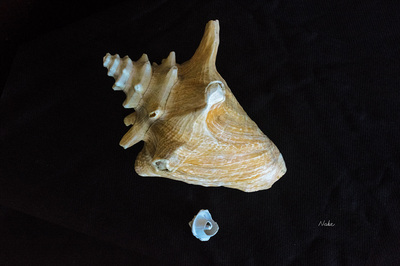
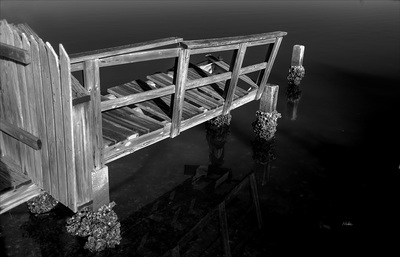
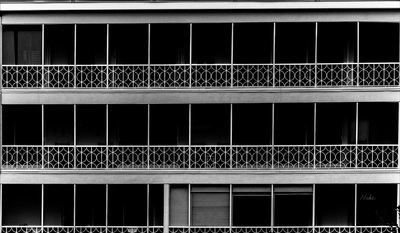
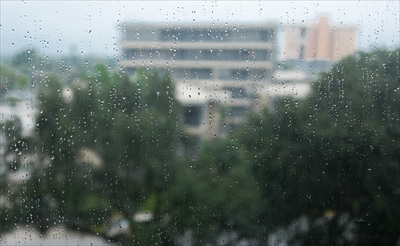
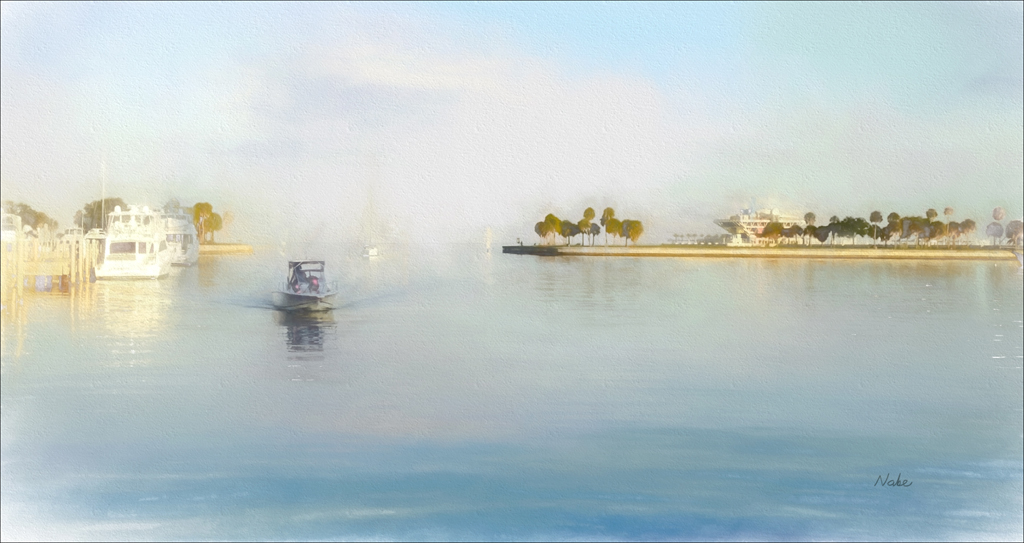
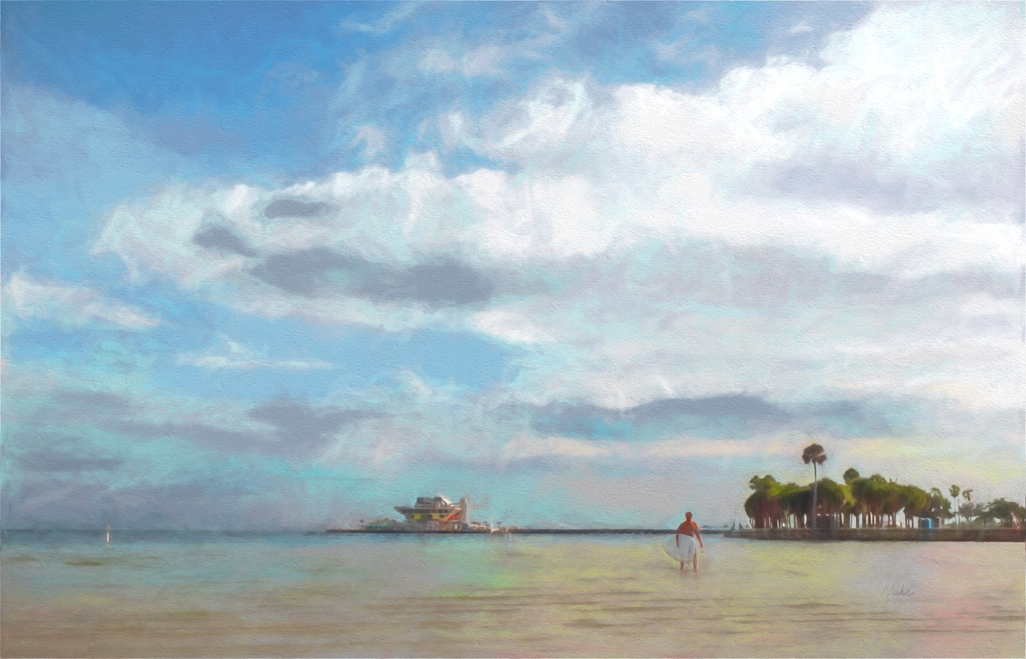
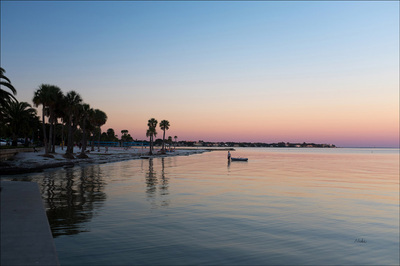
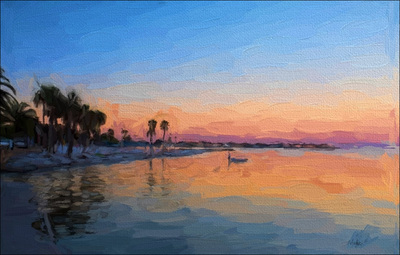
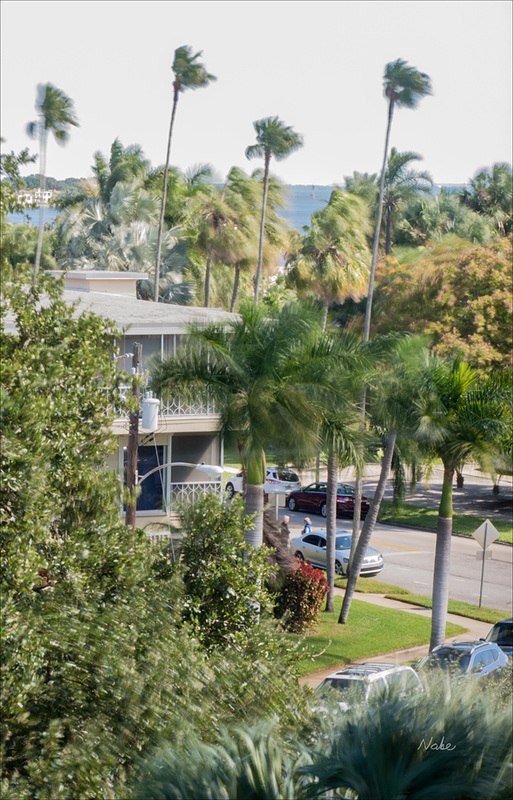
 RSS Feed
RSS Feed